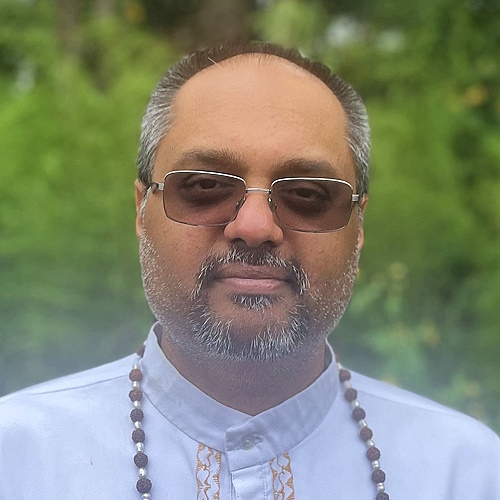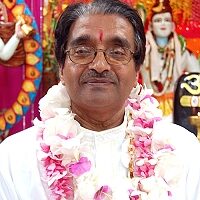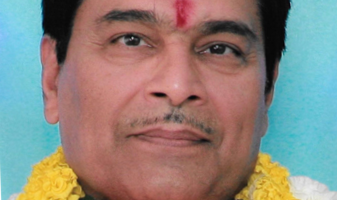From various satsangs with Pt. Dr. Umesh Persad, Spiritual Leader, Shiva Shakti Mandir of Marion Oaks, Florida, USA
The Divine Mother, as the manifestation of energy, embodies ten universal principles of wisdom, known as the Das Mahaa Vidyaa. These manifestations represent significant cosmic functions and methods of spiritual transformation, guiding devotees toward the Supreme Reality.
As many devotees prepare for the spiritual observance of Maagha Gupta Nav Raatri, beginning on January 30 and concluding on February 6, they are invited to reflect on these principles and incorporate their transformative power into daily practice.
The First Five Principles: Foundations of Existence
- Kaali – The Principle of Time and Transformation
Kaali Devi embodies the transient nature of existence, reminding us of impermanence and evolution. She symbolises the cycles of birth, death and change, urging us to connect with the Divine principle through the breath, the ever-present rhythm of life. - Taara – The Guiding Light
Taara Devi represents the eternal vibration, the essence of sound and the subtle mantra “Soham“—the unity of breath and divine consciousness. She illuminates the path, guiding us to internal harmony through mantra meditation and breath awareness. - Tripura Sundari (Shodasi) – Light, Love and Beauty
Tripura Sundari Devi symbolises the beauty inherent in the threefold aspects of existence—physical, energetic and mental. She inspires us to transcend negativity, cultivate cheerfulness, and perceive the love, light and beauty pervading creation. - Bhuvaneshwari – The Expansive Consciousness
Bhuvaneshwari Devi embodies space and spaciousness, representing the vast canvas of consciousness. By embracing the saakshi (witness) state, we discover internal peace and engage in self-enquiry to uncover the eternal cosmic awareness that is within. - Tripura Bhairavi – The Power of Enlightened Action
Tripura Bhairavi Devi is the forceful energy of focused action and transformation. She empowers us to overcome ego and limitation, expanding our consciousness through quietude and the realisation of our interconnectedness with all existence.
The Last Five Principles: Tools for Transformation
- Chinnamastaa – The Severing of the Ego
Depicted holding her severed head, Chinnamastaa Devi teaches the dissolution of the mind and ego through self-enquiry. By transcending individual consciousness, we realise our divine essence. - Dhoomaavati – The Wisdom in Suffering
Dhoomaavati Devi, the “Smoky One”, represents the obscuration of the unreal and the revelation of truth through life’s challenges. She embodies the void, teaching us equipoise and internal calm amid adversity. - Bagalamukhi – Silence and Stillness
Bagalamukhi Devi signifies the restraint of speech and thought. Through practices such as stillness, silence and pranayama (breath control), she guides us toward mental quietude and transcendence of the mind. - Maatangi – Divine Expression
Known as the tantric Saraswati, Maatangi Devi represents the expression of the divine through art, music, literature and dance. By channelling creative energies, we align with the Supreme and become vessels of divine inspiration. - Kamala – Spiritual Wealth and Peace
The tantric counterpart of Lakshmi, Kamala Devi represents light, beauty and spiritual abundance. Like the lotus that blooms amidst water, she symbolises unfolding spirituality and contentment found in internal peace and balance.
Rediscovering Innate Divinity
The Das Mahaa Vidyaa reflect the dynamic unity of existence, encompassing the three modes of creation: purity, effort and inertia. Together, the ten manifestations provide a profound vision of the Supreme Reality. By embodying their principles and practices, devotees can transcend physical and mental limitations, unveiling the innate divinity within and aligning with the universal truth of existence.
During this auspicious period, devotees are encouraged to delve deeply into these principles, engaging in introspection, meditation and spiritual practices to align themselves with the Divine Mother’s transformative energies.



